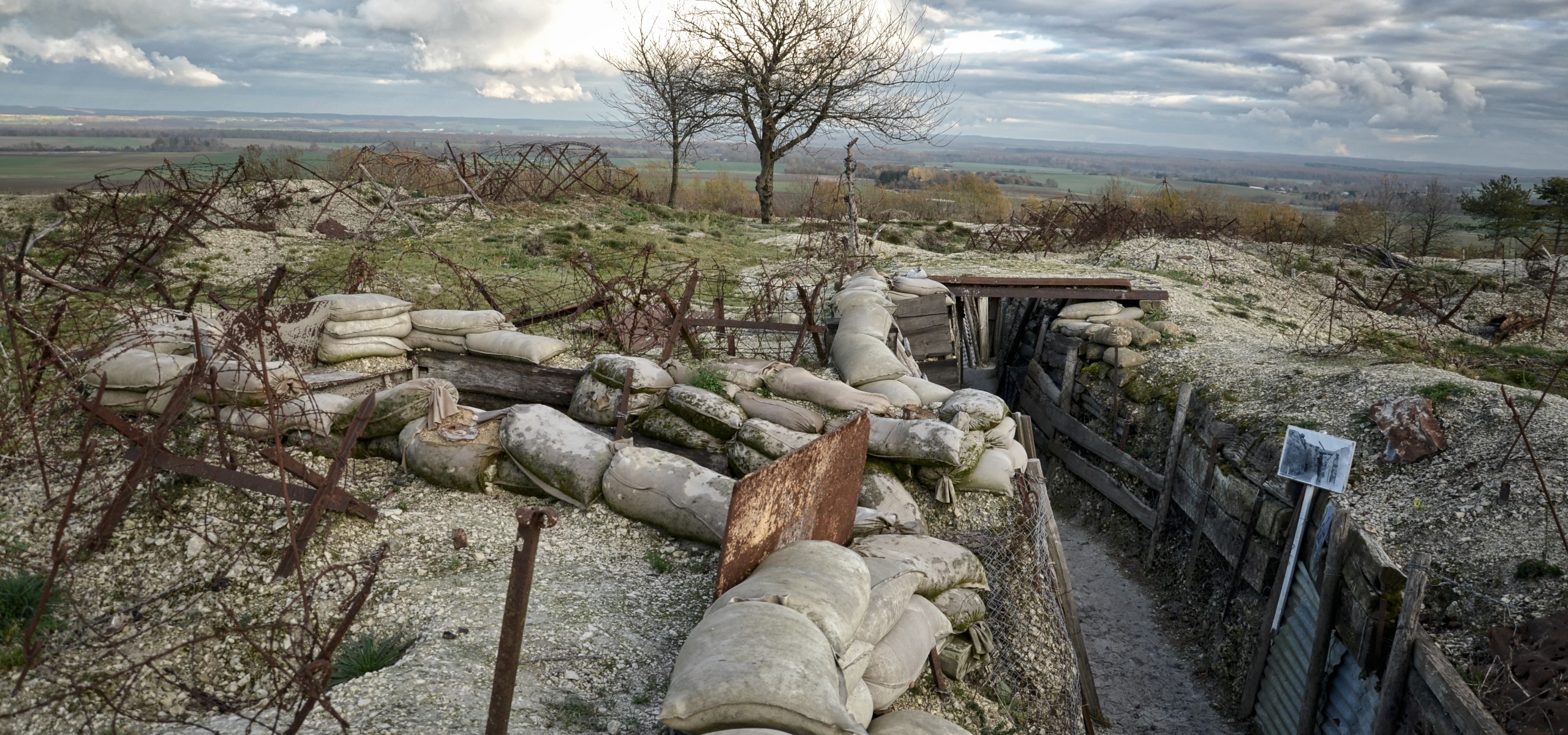WW1 Revisited
A Great War Journey with Paul Reed

Archives

The Indian Corps Memorial at Neuve-Chapelle is located at the heart of India’s sacrificial ground on the Western Front. The nearby village of Neuve-Chapelle saw some of the earliest fighting involving Indian troops in October 1914 and was the scene of the Indian Corps attacks in March and September of 1915. The memorial was unveiled in October 1927 and aside from many Indian veterans who were present, Rudyard Kipling – the author… Read More

Today is the centenary of the Gallipoli landings which took place on this day in 1915. To Australian and New Zealand readers of this blog it is ANZAC when arguably their nation came of age as they fought in the first major conflict of their country’s history. Today we remember the British Tommies at Cape Helles, the French Poilus alongside them and the Diggers and Kiwis at ANZAC. But we must also… Read More

The First World War trenches at Main des Massiges have featured several times on this site recently and understandably so as they are among the most impressive anywhere on the Western Front. Here a local association has used experimental archaeology to recreate both French and German trenches from the early war period. This was an area that saw heavy fighting in 1915 including some of the earliest examples of war underground with… Read More
Hooge Crater Cemetery has 5,923 graves; more than half of them are unknown soldiers. One of the great Silent Cites of Flanders it sits on a ridge astride the Menin Road close to where flame-throwers were used for the first time against British troops in July 1915 and was the scene of intensive mining activity as tunnellers fought beneath the Western Front. Filming cemeteries like this for the Above The Battlefield project… Read More

The trench system at Main de Massiges, a hillside in the Champagne battlefields that was the scene of heavy fighting in 1915 and became almost a household name in France, is one of the most impressive on the Western Front today. Trenches have been excavated and restored by a local association as can be seen in this aerial image. Known by very few visitors to the battlefields the Main de Massiges trenches… Read More

Trenches that look anything like what they did a century ago are very rare but this site in the Champagne is quite amazing and has featured on this site before. This image was taken this week looking out across the fields where the fighting was very heavy in September 1915. A full article on this site will appear on WW1 Revisited this winter.

When the Great War went static during the winter of 1914/15 and trench warfare began, steel “sniper’s plates” started to be used by both sides to afford protection to their troops and enable them to fire safely across No Man’s Land. There were many designs of these and some just had a hole to fire through, while others used a ‘key-hole’ system so that the protected area could be sealed up again… Read More

The Tranchée des Bavarois, or Bavarian Trench, was part of a German system of trenches in the St Mihiel Salient, south of Verdun. The positions here were strengthened from 1915 onwards and a large number of concrete structures put in place, from concrete lined firing positions in the trenches to infantry shelters and mortar and machine-gun posts. This bunker was made by a Bavarian Pioneer company in 1915/16 and sheltered men from… Read More

This German observation bunker is located on the Sundgau front in Alsace at the far end of the Western Front. It’s sits on rising ground in what was once Germany before 1914 and overlooks the site of the former French positions which ended here on the Swiss border close to the village of Pfetterhouse. This area saw fighting in the early period of the war and then settled down to static trench… Read More

The area known as Le Linge was actually part of Germany in 1914. French troops entered the mountains not just to take the fight to the Germans but to regain soil that they believed was French. During the heavy fighting in these rock-cut trenches in early 1915 there was more than 17,000 fatal casualties; a staggering toll. This part of the Western Front is very different to others and in some ways… Read More


Comments on WW1 Revisited